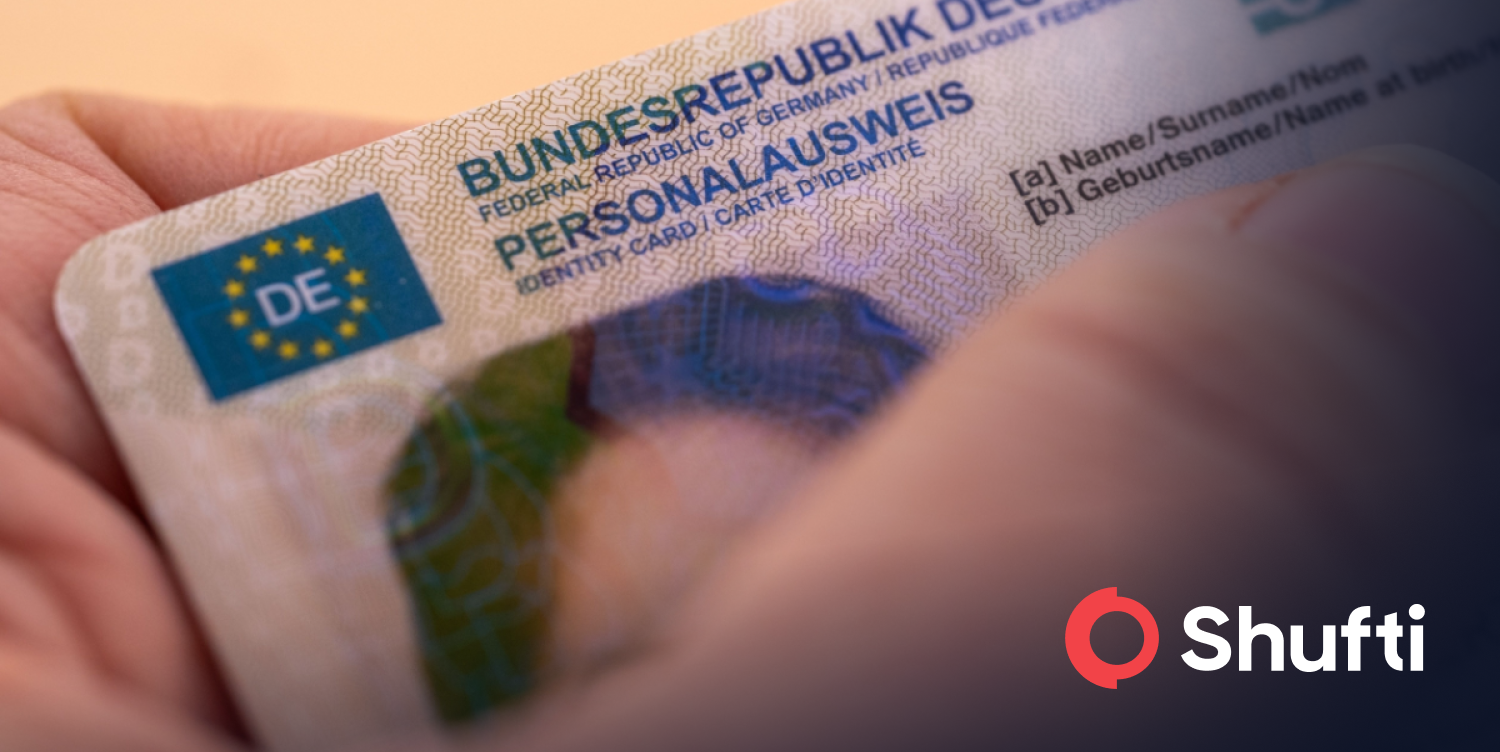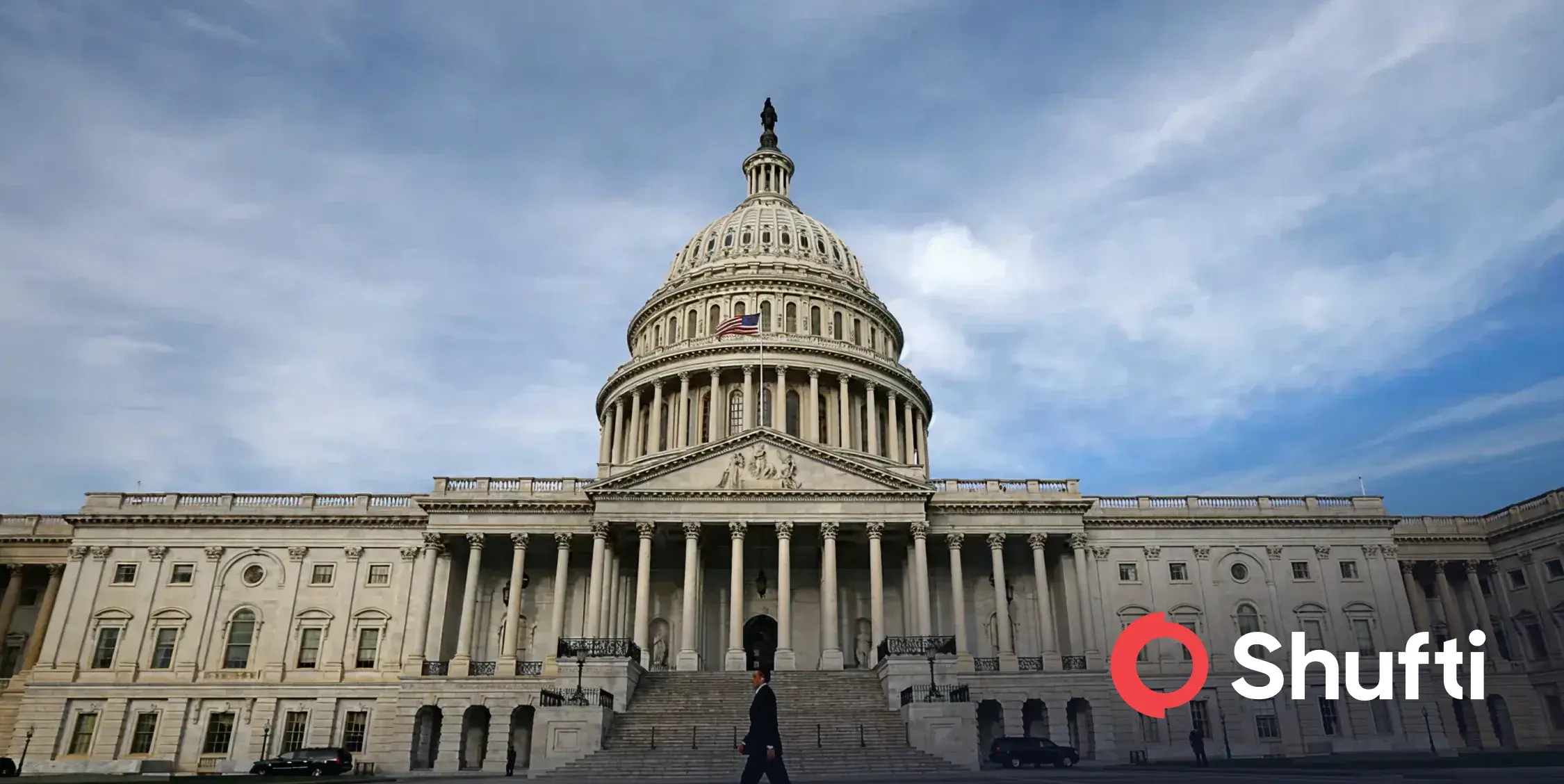EU Plans for New Anti-Money Laundering Agency

European Union’s anti-money laundering agency plans are being developed in detail. A memo dated May 10th by the European Commission to EU ambassadors stated that 150 employees will be assigned to the agency in its first year. Within two years, this number is expected to reach 300-350 before most likely reaching 400 in cruising mode.
The European Commission said in a memo to EU ambassadors dated 10 May that the new anti-money laundering agency would have 150 employees in its first year, then 300-350 employees in the following two years, “before reaching probably 400 in the cruising phase.”
The European Commission in the memo added, “It’ll be housed in a 10,000 square-metre office with a huge meeting room” at its heart “with a table accommodating at least 50 persons at the front row, at least 60 persons at the second row, and 30-40 seats on the side”. One financial intelligence analyst will staff each of the 30 overlapping offices posted from one of the 27 capital cities within the European Union. Its brains will be buried in a beehive of 30 separate and highly secure offices.
“FIU (financial-intelligence unit) delegates will deal with sensitive information coming from their own FIU, and they are bound by national confidentiality rules,” the memo said. But they will also mix in three “secure and isolated” rooms, “where several [FIU] analysts can meet in parallel, with access to joint analysis data and analytical software”, the memo added.
First proposed in 2021, the Anti-Money Laundering Authority (AMLA) is intended to prevent occurrences similar to those that led to Denmark’s flagship lender, Danske Bank, coming under criticism for handling approximately 200 billion euros of illicit funds five years ago. Banks from Austria, Belgium, the Netherlands, Germany, and Sweden have also been involved in smaller banking fiascos recently.
A three-way discussion between the European Commission, the European Parliament, and EU member countries is expected to determine its ultimate responsibilities by the end of this year. A deadline of December 2023 is scheduled for the conclusion of the talks, which started on 11 May. Furthermore, the AMLA may be responsible for enforcing EU financial sanctions and overseeing crypto-currencies and non-fungible token assets. Large forecasted workforce of 400 staff members conveys the EU’s growing ambitions and determination to create an efficient AML institution with the capacity to combat increasing rates of money laundering.
The EU Commission memo outlined selection criteria that included standard factors, such as proximity to airports and hotels, children attending multilingual schools, and spouses having access to local employment opportunities.
The criteria included a requirement for a “geographic balance”, which placed more excellent candidates at a disadvantage since they were already hosting two or more EU agencies. The vast office applicants were also asked whether the host state would be willing to cover the rent “indefinitely”, giving a competitive edge to those with more significant financial resources.
Given AMLA’s work, criteria also included “quality of the national anti-money laundering framework,” which was evaluated by the Financial Action Task Force (FATF), an intergovernmental organisation headquartered in Paris, thus casting doubt on the attractiveness of Austria and Luxembourg, which have a long-established reputation as dirty money sinks.
Suggested Reads:
EU PARLIAMENT APPROVES MORE STRINGENT RULES TO COMBAT MONEY LAUNDERING AND TERRORIST FINANCING
EUROPEAN UNION DRAFTS CRYPTO TRANSFER LEGISLATION TO CURB MONEY LAUNDERING










